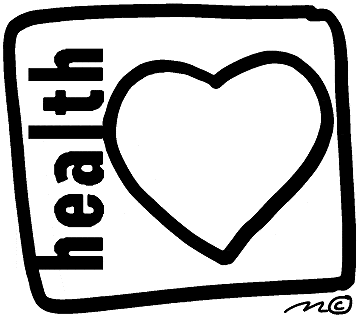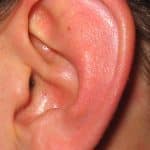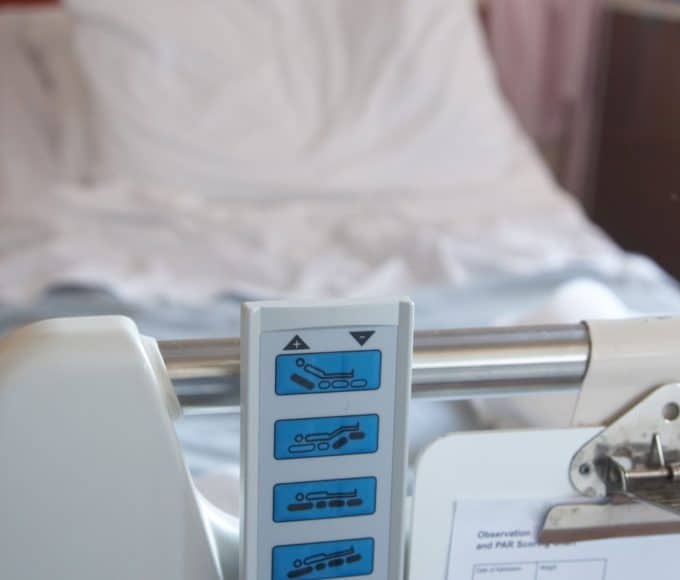If you typically stay abreast of healthcare news, you may be aware that consumers can save money on their doctor-prescribed medications with discount cards. However, despite the fact that many people know this, they may be mixed up when it comes to some of the details about how to put this savings product to use.
Here are four common misconceptions and the truth about these cards that can help you make the most of your experience.
- You have to be poor to get savings.
It stands to reason that if you are rich, you can afford to pay for your prescription drugs, right? Well, this doesn’t matter if you are a member of a discount program. Income is not a factor in determining someone’s eligibility. In fact, there is no criteria used to determine eligibility at all; you can apply whether you are male or female, rich or poor, a citizen or not, etc. Even if you make 3 million dollars a year, you can still save some cash on most of your drugs if they aren’t covered by an insurance plan.
- The deals aren’t very good.
This is also false, but it depends on the medicine in question. Brand names can cost a bit more than generics (as is to be expected). For example, it is not uncommon to receive around 15 percent off your brand name pills, while generics can clock in at a wallet-friendly 53 percent off. Either way, you are almost always saving.
- Many kinds of medicine aren’t included.
This is wrong again—for the most part. While a range of over-the-counter products may not be discounted when you present your card, just about all doctor-ordered meds are. You can go online to find a list of what is covered; however, there may be items missing that will end up being less expensive once you get to the cashier. Even some smoking cessation and diabetic supplies can be less costly when you present your program identification.
- The program only exists in New York City.
This is a very common misconception. Although some companies offering this plan did get their start there (and thus it’s easy to find a participating New York City pharmacy), you can get cheaper medicine all over the country with a card.More than 58,000 pharmacies nationwide are participating.
If you are interested in learning more, go online and research programs like those provided by Big Apple Rx today to get started.
Samantha really enjoys writing and one of her favorite things to write about happens to be health. If you’d like to learn more about Big Apple RX, please visit https://www.bigapplerx.com/















